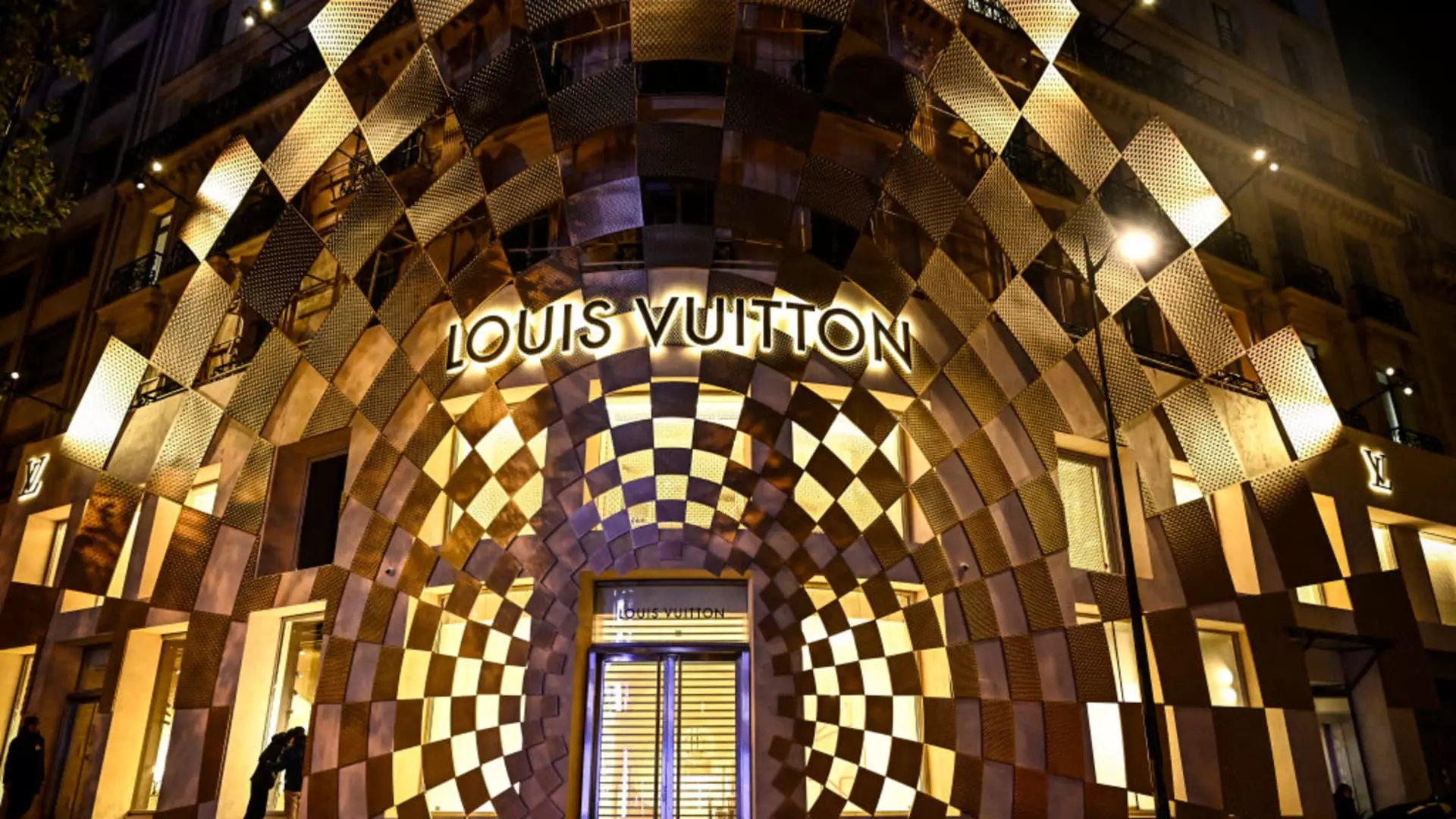LVMH, the world’s foremost luxury goods conglomerate, has witnessed a notable drop in its share prices following the release of its annual financial results. While the figures presented were marginally better than analysts’ expectations, they have nonetheless raised serious questions about the overall recovery of the luxury market. The company reported revenues amounting to €84.68 billion ($88.27 billion) for 2024, which surpasses the LSEG analysts’ projection of €84.38 billion. However, the organic growth rate slipped to a mere 1% compared to the previous year. This mixed bag of outcomes has translated to a decrease in LVMH’s stock value, falling 6.42% as of 9:02 a.m. London time. Following this pattern, fellow luxury brands such as Kering and Christian Dior also experienced declines of 6.65% and 5.71%, respectively.
Investors eagerly anticipated LVMH’s results, looking for solid indicators of a broader rebound in the luxury sector. This sentiment was exacerbated by the announcement from Richemont, the parent company of Cartier, which hailed its record-breaking quarterly sales during the festive period. However, the decline in crucial segments for LVMH—namely fashion and leather goods, as well as wines and spirits—has cast a shadow on the anticipated recovery, suggesting that challenges remain omnipresent within the sector.
As consumer discretionary analyst Mamta Valechha from Quilter Cheviot pointed out, the buildup to LVMH’s quarterly results was significant given the firm’s status as a benchmark for the luxury market. The expectations were high, especially after an optimistic start to the reporting season, yet LVMH’s latest figures came across as underwhelming. Valechha’s commentary illuminates the sentiment that had LVMH been the first to reveal its earnings, the reaction might have been more favorable. Instead, the elevated benchmarks set by competitors have made its results appear lackluster, prompting the considerable dip in its share prices.
LVMH’s revenue growth can largely be attributed to strong performance within its selective retailing sector, which includes notable brands like Sephora, as well as the perfumes and cosmetics division. Interestingly, consumer spending has remained robust in key markets, including the U.S., Europe, and Japan. Yet, the Asia Pacific region, particularly China, has continued to underperform, indicating a geographical imbalance in growth that could have long-term implications for the conglomerate’s strategy.
Exploring this disparity further, it’s vital for LVMH to navigate the macroeconomic landscape and adapt to changing consumer behaviors, particularly in regions where demand is waning. The luxury sector has faced considerable hurdles in recent years—decreasing sales in China, inflationary pressures, and shifting consumer priorities have all contributed to the intricacies of this market.
LVMH remains an integral player in the luxury industry, with its recent results acting as a key indicator of the sector’s health. Although the company saw a rise in stock values earlier in the year—up approximately 14% year-to-date—it is clear that broader recovery remains uncertain. The juxtaposition of fine financial metrics against concerning segment performances emphasizes the complexity of the market landscape. As LVMH looks towards future quarters, the company must refine its approach to address segment weaknesses while continuing to capitalize on areas of strength.

Leave a Reply